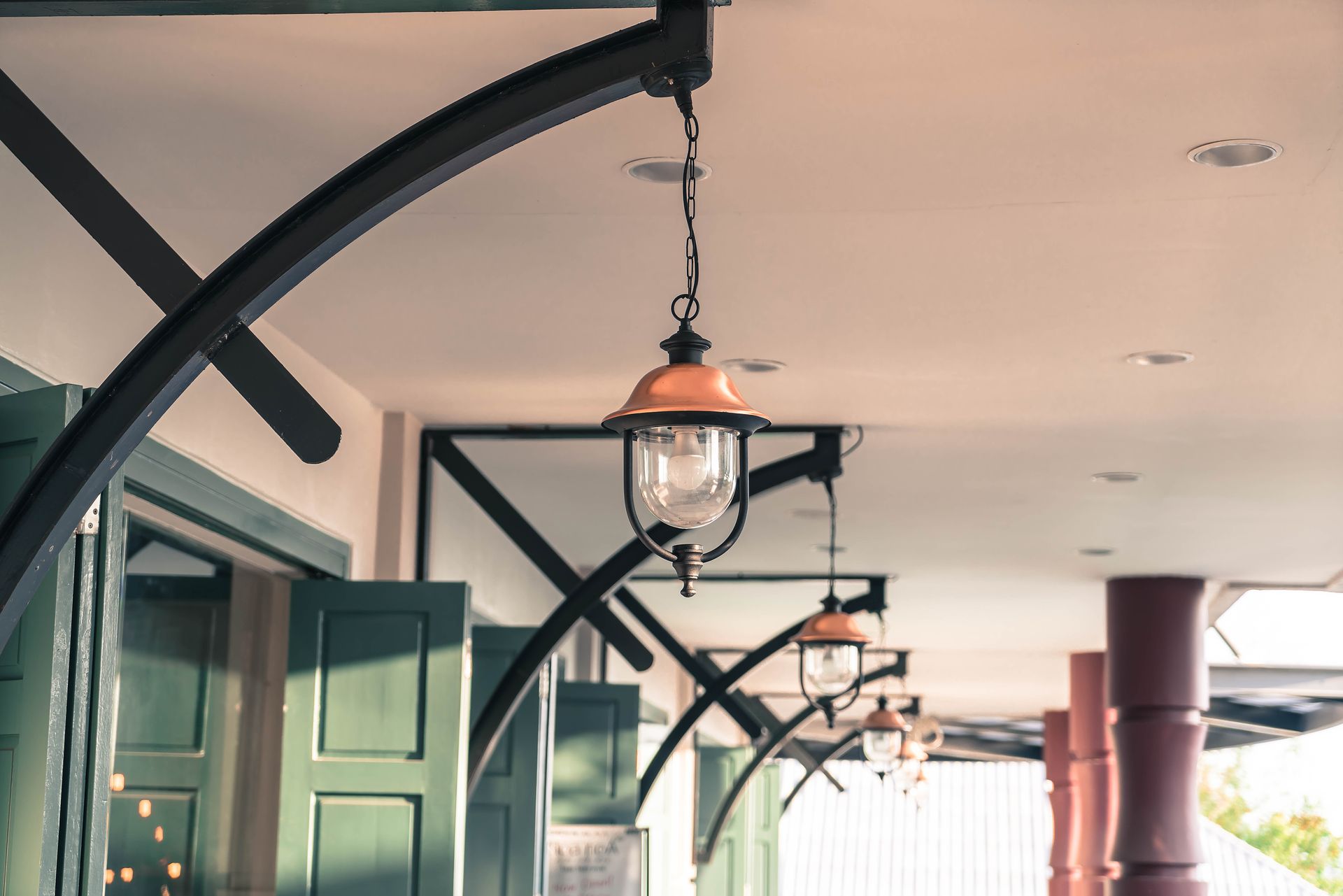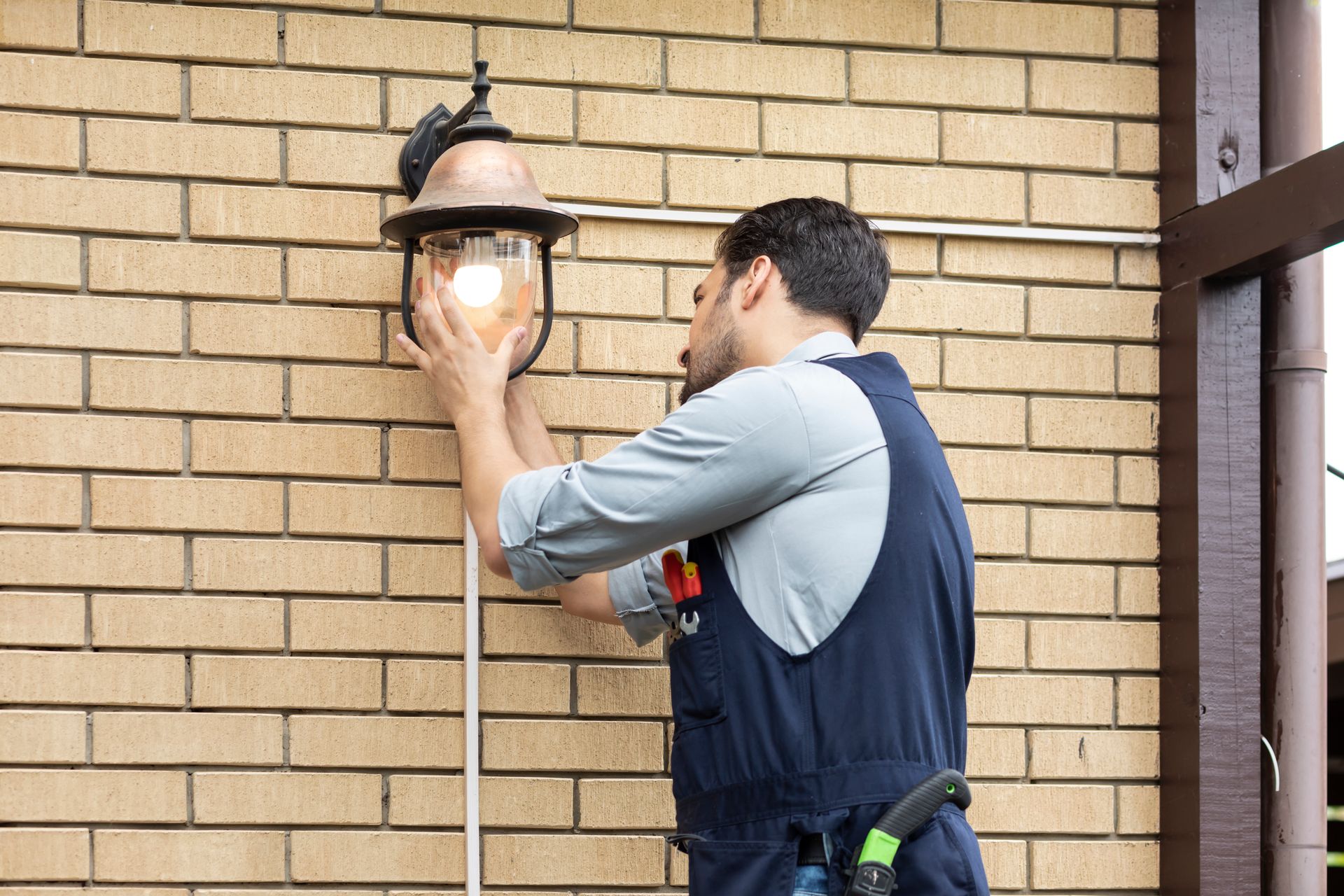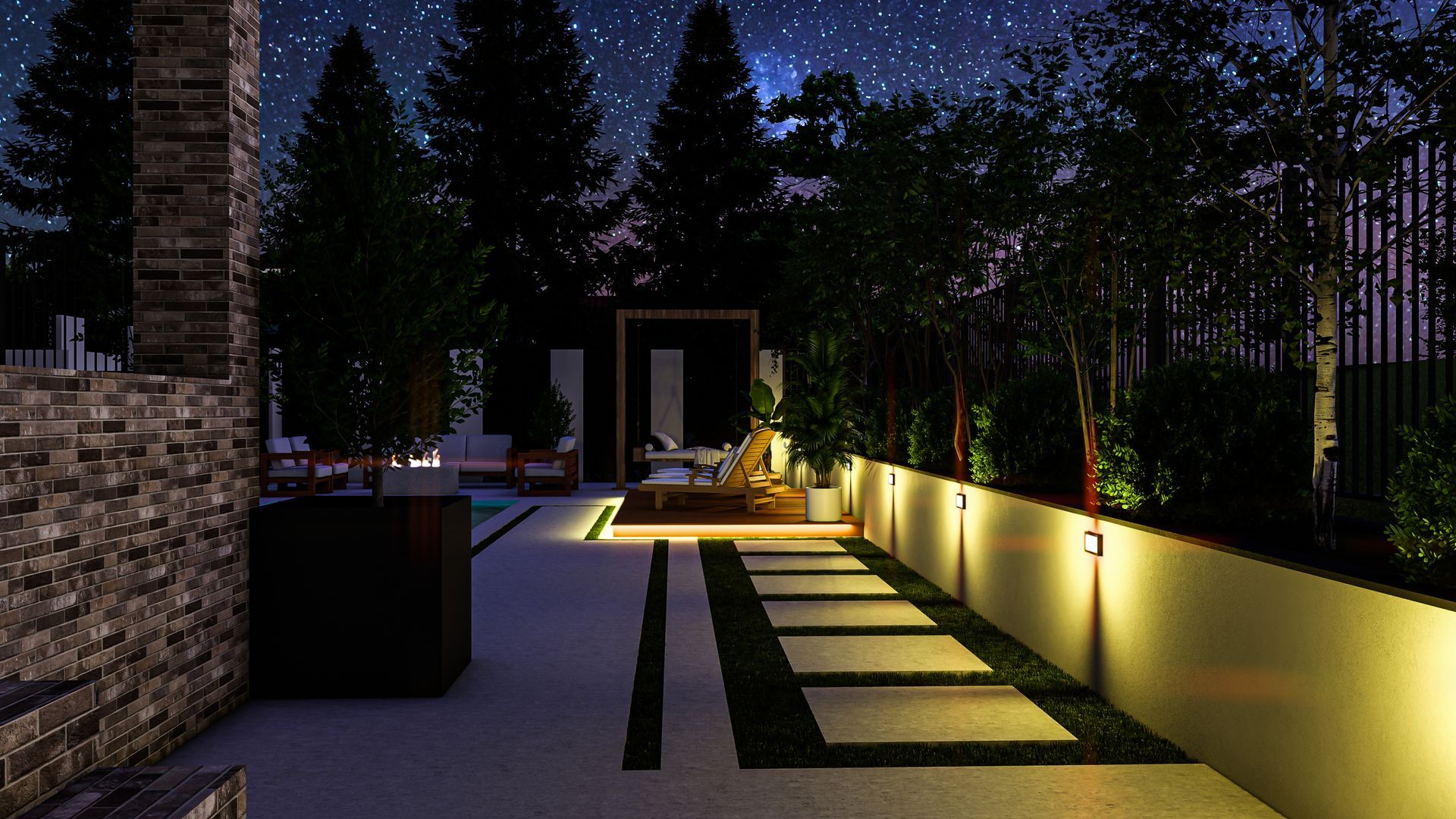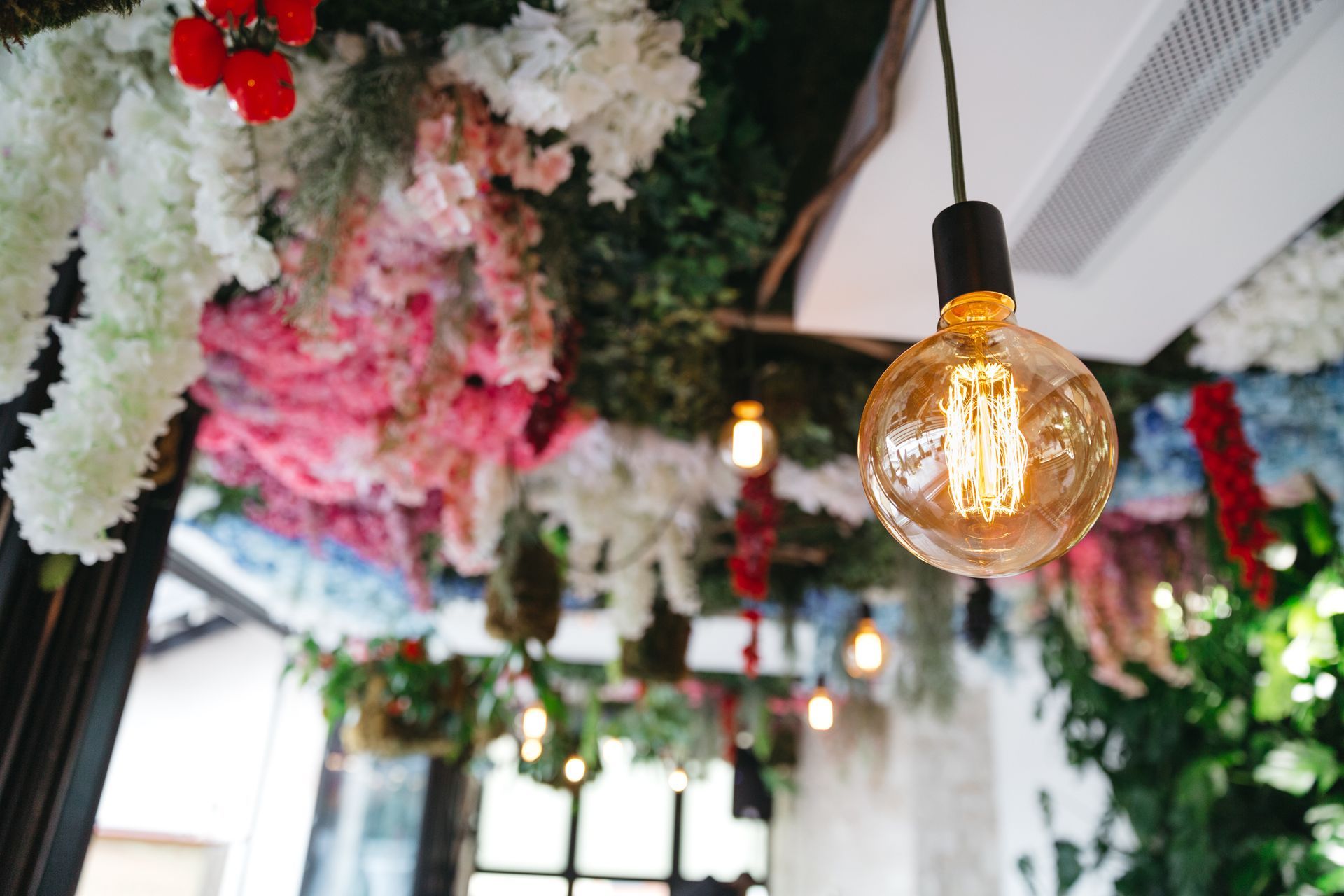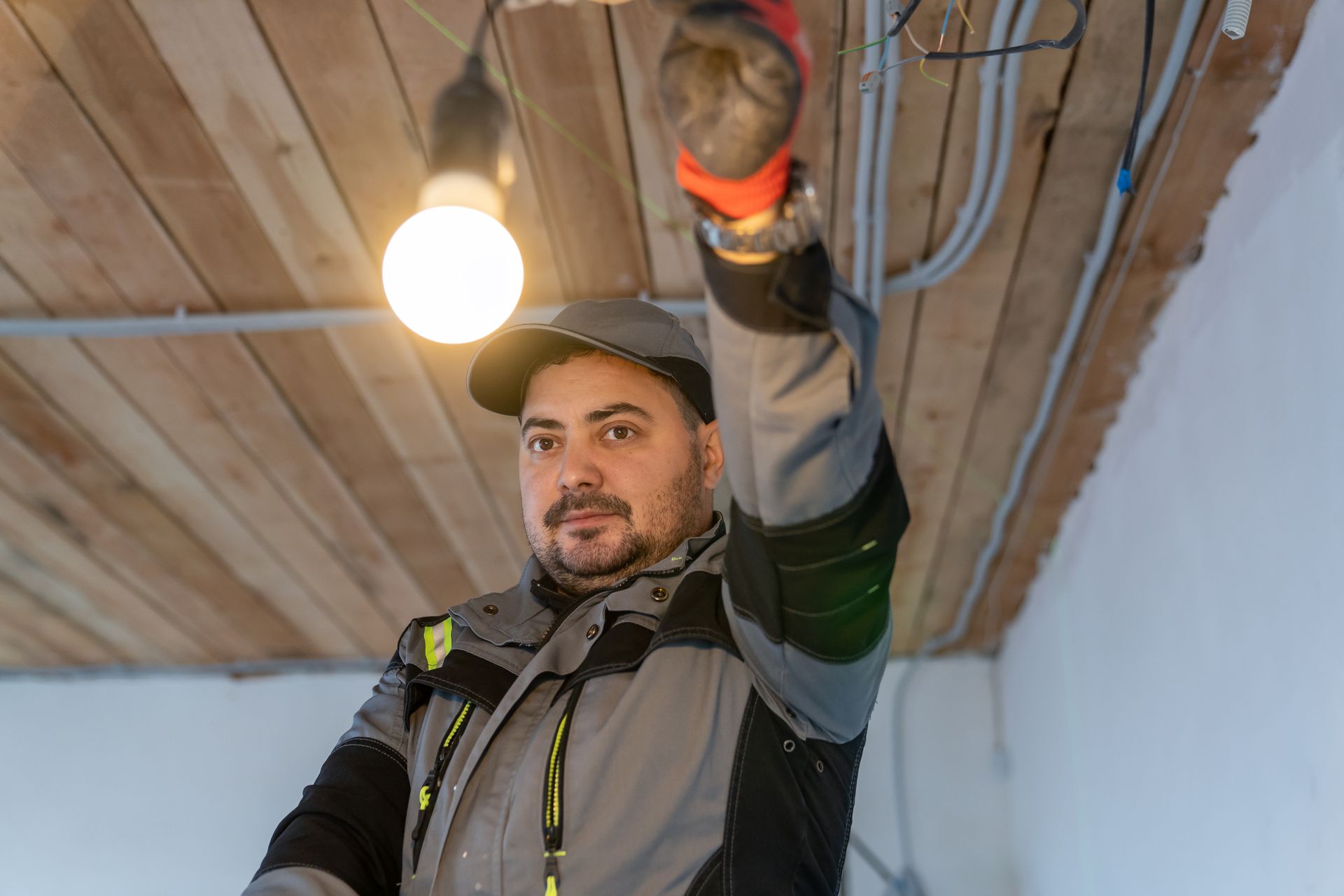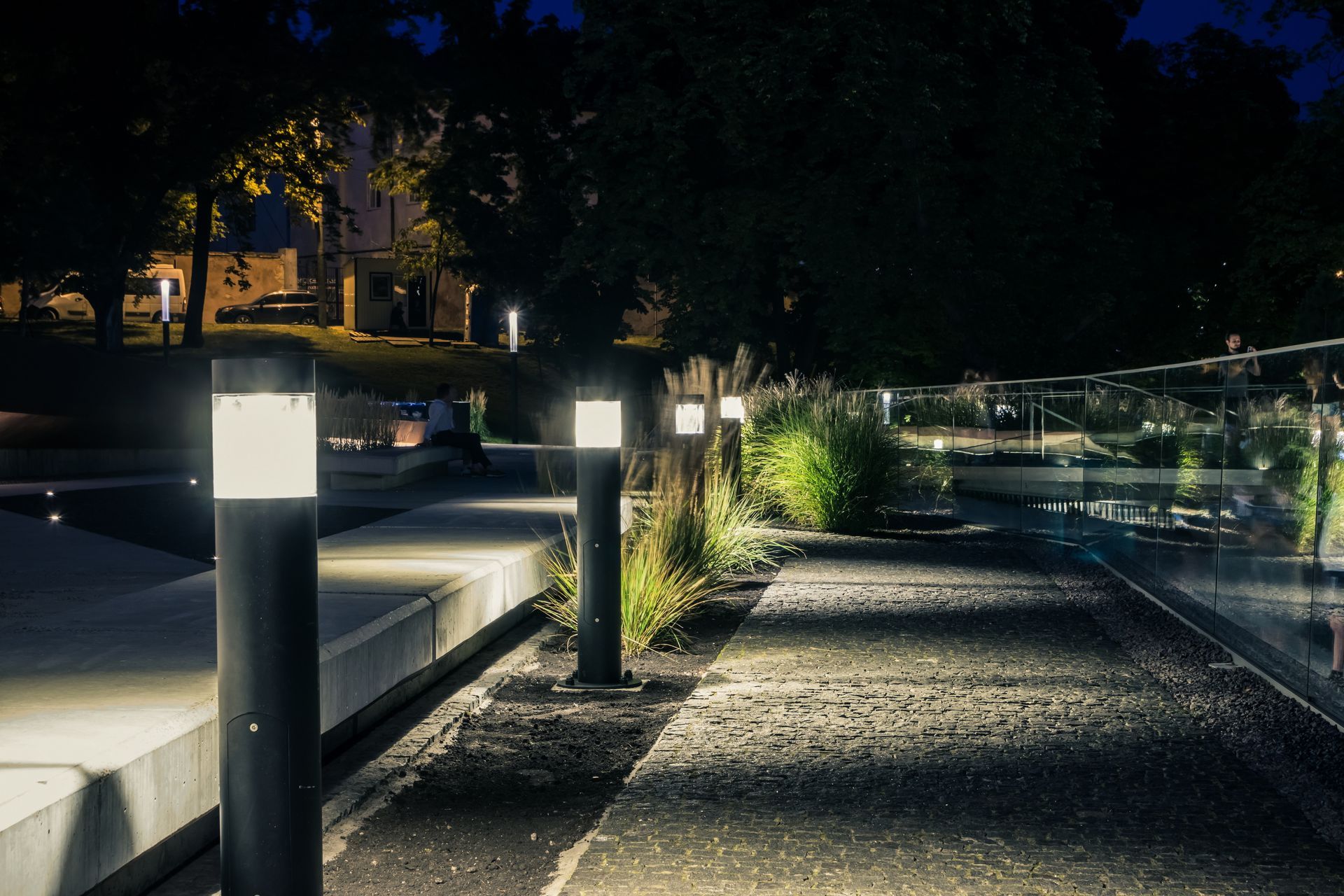Introduction to Pathway Lighting
Keeping the exterior of the house looking lovely during the day is easy; the nighttime requires more effort. The pathway, which receives little to no lighting, is the most neglected exterior space in the house. Nonetheless, adding top-notch pathway lighting systems can improve the curb appeal and safety of the home.
When installing route lighting, keep the following things in mind:
Think About Lighting Your Pathway Naturally
Pathway lighting should blend with your backyard’s overall style to create a natural, cohesive look. Consider your home’s architecture as well, as it can help guide the shape, color, and style of the fixtures. Bronze fixtures, for example, are a popular choice that works well with both modern and traditional homes.
Choose the Brightness
It's tricky to find the right brightness for your pathway lights. Too dim, and they're useless and potentially dangerous. Too bright, and they can ruin your home's look. The goal is to find a balance that keeps your property safe and attractive.
Select the Proper Type
There are various types of pathway lights to choose from. Spread lights cover a larger area, making more of the path visible. Lampposts provide a gentle glow along the pathway, and often just one is enough, depending on the path’s length. Step lights are also helpful, as they guide people safely on stairs and can be installed on the step riser or below railings.
The Significance Of Pathway Lighting
There are several fundamental reasons why pathway lighting is necessary. Pathways may appear dangerous, frightening, or overwhelming to bikers and pedestrians in the absence of sufficient lighting.
Security
Pathway lights can make people feel safer at night. By lighting up dark areas, they can help prevent crime. Good lighting lets people see potential dangers and deters criminals who don't want to be seen. This can help reduce the risk of muggings and other crimes in cities.
Safety
Pathway lighting improves safety for walkers and cyclists by revealing the path’s direction and alerting users to any changes or potential hazards. For instance, poorly lit canal paths can lead to accidents, as these paths are often narrow, slippery, and hard to navigate. Hazards like raised tree roots or potholes can be especially risky for pedestrians, particularly older adults, if not clearly visible.
Guidance
Path lights can make it easier to see where you're going. This is especially important for cyclists who need to react quickly to turns and other people. Lights can also help people who are unfamiliar with a place, like in gardens or parks, to find their way around.
Aesthetics
Good lighting makes pathways look more welcoming and safe, which is why councils often install it to encourage people to use these paths even after dark. This approach not only boosts safety but also adds a stylish, modern touch to public areas and private gardens, making them more attractive at night.
Key Points For Pathway Lighting
- For accessibility, plan a path width of 1.2 meters for wheelchair or walker use, with 1.6 meters wide turning spots.
- Use non-slip, rough, and permeable materials like stone or cobblestone to prevent water pooling and provide secure footing.
- Choose path lights with IP67 protection to keep out dust and water.
- Solar lights with LED technology are cost-effective for long-term use; low-voltage systems reduce installation costs compared to mains-powered options.
- Bollard lights should be 50–120 cm high for pathways to avoid glare, and 120–150 cm for driveways to improve visibility.
- In-ground or on-ground lights and waterproof LED strips are good alternatives to bollards along paths.
- Ground spikes are ideal for lighting trees, flowers, or shrubs away from the main pathway.
Conclusion
A straightforward yet incredibly impactful addition to any house are pathway lights. The proper pathway lighting may make all the difference, whether your goal is to increase safety, improve curb appeal, or create a lovely atmosphere for your nighttime garden walks.



